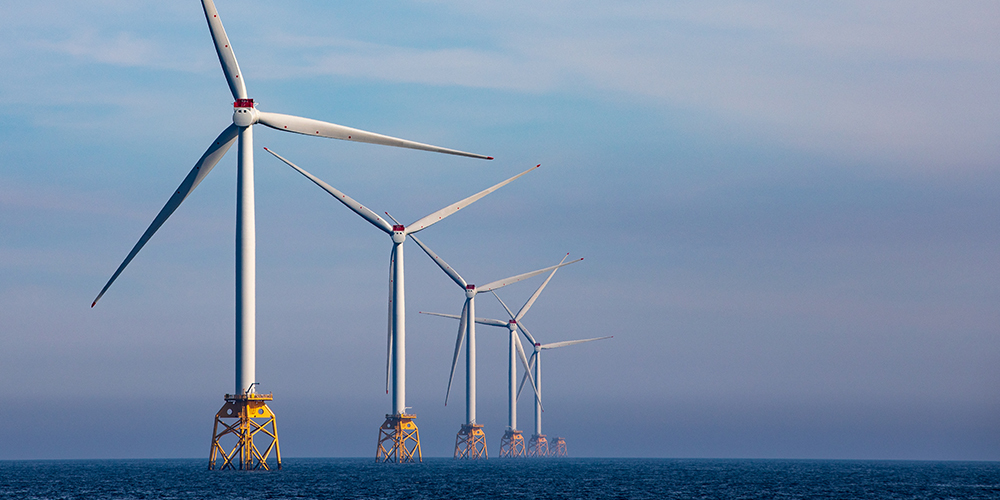SSE has unveiled a plan to spend more than £7 billion on major low carbon infrastructure projects over the next five years, supporting net zero ambitions and spurring a green recovery from the COVID pandemic.
The plan, detailed within the utility’s 2019/20 full year results disclosure today, includes major investments in both onshore and offshore wind projects, grid upgrades and other low carbon initiatives.
But the company also revealed that it expects to bear the brunt of the COVID-19 fallout this year, revealing that its top line could be hit by as much as £250 million.
This morning SSE posted what it described as a strong set of financials for the 19/20 financial year, arguing that it had witnessed a “solid recovery” from a difficult previous year and made strong progress against its wider strategy, including the sale of its energy retail arm to OVO.
Adjusted operating profit soared 37% year-on-year to £1,488.4 million, however reported operating profit fell some 40% to £963.4 million owing to exceptional items.
SSE Renewables was a particular bright spot for the firm, with the division reporting a 24% jump in turnover to £567.3 million on the back of greater wind speeds.
SSE revealed that the impacts of the COVID-19 pandemic had cost the firm around £18.2 million in the 19/20 financial year, almost entirely down to a fall in energy demand. This, however, stands to be more significant in the current financial year, with SSE forecasting its impact to be in the region of £150–250 million.
Reduced electricity demand is expected to affect Distribution Use of System (DUoS) charges for the firm’s networks division, and SSE has too needed higher electricity hedges with negative mark-to-market valuations. The company is also forecasting a continued drag on demand for electricity and related services, while bad customer debt is also expected to increase as the economic tail of the pandemic continues to be felt.
Nevertheless, SSE said it remained a “resilient business” with “significant opportunities”, not least of all in the low carbon transition.
The utility is to stretch its previous target of cutting carbon emissions by 50% compared to 2018 levels, and will now pursue a 60% reduction by 2030, aided by hefty investments in wind.
Today, SSE confirmed that it will build the £580 million Viking onshore wind farm in Shetland, set to be Scotland’s largest onshore wind project once completed, and the £3 billion Seagreen offshore wind farm alongside O&G major Total. Combined with £2.4 billion in proposed networks upgrades and a raft of other, undisclosed investments in low carbon technologies, SSE said it would be investing the equivalent of £4 million in green infrastructure every day out to 2025.
Alistair Phillips-Davies, chief executive at SSE, said the utility was “putting our money where our mouth is” for the green recovery.
“The investment plans we’ve set out today underline our intentions as a British business providing a boost to the economy and we want to work with Government to make the green recovery and delivery of net zero a reality. The world is facing twin crises with the economic impact of coronavirus and the climate emergency and the only route forward is to unlock investment.
“Plenty of businesses talk a good game on climate action, but we’re serious. That’s why we will hold ourselves to account with new science-based emissions reduction targets, independently verified and underpinned by evidence,” he finished.





